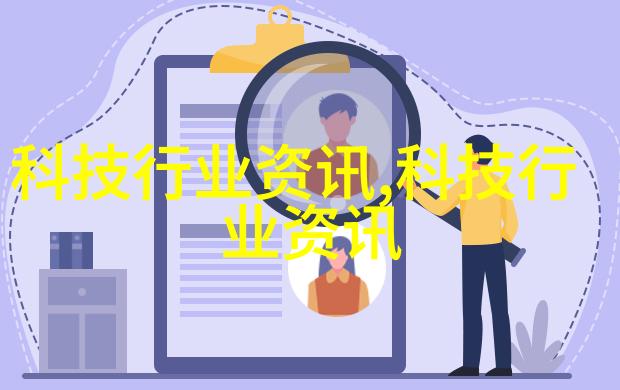实验室污水处理一体机高效环保的智能解决方案
为什么实验室需要污水处理一体机?

在现代科学研究中,实验室的日常运作不可避免地伴随着大量的化学试剂和生物样品使用,这些物质在处理过程中会产生一定量的废水。这些废水含有各种有害物质,如重金属、有机溶剂以及微生物等,对环境和人类健康都构成潜在威胁。如果不进行适当处理,这些污水可能导致严重的环境污染问题。
如何处理实验室产生的污水?

传统上,实验室通常采用分离式方法来处理污水,即将固体废弃物和液体废弃物分别收集并妥善处置。但这种方法效率低下且成本高昂,而且对于一些特殊类型的有毒或易燃液体来说,更是存在安全隐患。因此,为了更好地保护环境,同时降低操作成本,有必要寻找一种更加高效、环保且安全可靠的解决方案。
什么是实验室污水处理一体机?

实验室污水处理一体机是一种集成了多种不同功能于一身的地面排放系统,它能够有效地对来自各个来源(如洗手间、冲洗台、动物饲养区等)的工业用水进行预过滤,然后通过化学沉淀、生化消化等步骤去除其中的大部分杂质和病原性细菌,最终达到达标后的排放标准。
Experimental Laboratory Wastewater Treatment Unit

Experimental laboratory wastewater treatment unit is a device that uses advanced oxidation processes (AOPs) to remove contaminants from wastewater. The process involves the use of hydrogen peroxide, ozone or chlorine dioxide as oxidizing agents to break down organic compounds in the wastewater. This method is highly effective and efficient, able to reduce COD by up to 90% and BOD by up to 95%.
The treated water can then be reused for various purposes such as washing equipment, cleaning floors, etc., thereby reducing the amount of fresh water required. This not only saves resources but also reduces energy consumption and greenhouse gas emissions.

In addition, experimental laboratory wastewater treatment units are designed with safety features such as automatic dosing systems for chemicals and alarm systems for detecting leaks or other potential hazards.
How does it work?
The experimental laboratory wastewater treatment unit works through a series of steps:
Pre-treatment: The first step in treating wastewater is pre-treatment which removes large particles like hair clippings, lint fibers from clothing and sanitary products.
Primary clarification: After pre-treatment comes primary clarification where larger particles settle at the bottom while smaller particles float on top.
Secondary biological treatment: In this stage microorganisms break down organic matter into carbon dioxide and water.
Sludge removal: Once all impurities have been removed from the liquid waste stream sludge must be disposed of properly.
5 Advanced oxidation processes: Finally AOPs come into play which breaks down remaining pollutants through chemical reactions with oxidizing agents such as hydrogen peroxide or ozone.
6 Disinfection: Lastly disinfection occurs using UV light ultraviolet light kills any remaining bacteria viruses fungi etc., making sure all pathogens are eliminated before discharge back into environment.
7 Monitoring & control system: Throughout entire process monitoring control systems ensure proper functioning efficiency & safety standards maintained consistently maintaining high level quality output results achieved reliably efficiently cost-effectively!
8 Maintenance requirements:
Regular check-ups
Replacement parts
Cleaning filters
9 Upgrades/Improvements:
New technologies emerging continuously allowing improvements in efficiency performance cost reduction always striving towards better solutions!